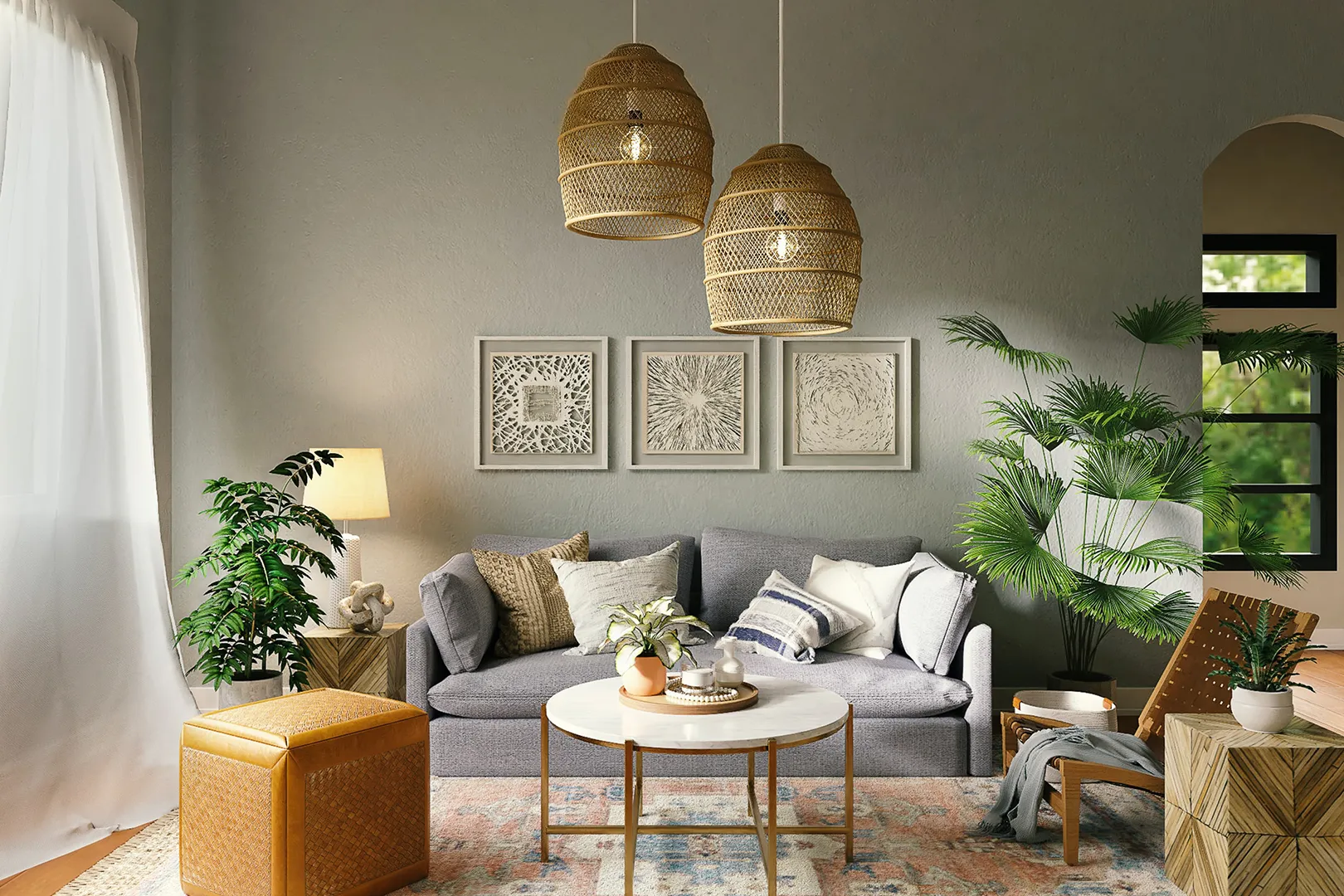
Blog
Interior Design: Which is the best way to decorate your home?
In today's world, achieving a stylish and chic home doesn't necessarily require the assistance of a professional designer. Opting for a do-it-yourself approach is not only practical but also gives you full control over the entire process. However, like any DIY project, decorating and accessorizing your home can feel overwhelming at times. It requires a small time investment to grasp the basic concepts and processes involved. You can't simply add new bed linens, pillowcases, decors, and fixtures or adopt a random interior motif without considering the bigger picture.
To kickstart your DIY interior design project, begin by understanding how to select an interior design style that complements the available space, enabling you to choose the best items for your home improvement endeavor. In this guide, we'll explore the various interior design styles favored by industry leaders today. We'll outline tips, key features, and essential details to assist you in determining which style aligns with your preferences and personality.
Before delving into the specifics of design styles, it's beneficial to have an overview of home interior designing as a whole. A Brief Insight into Interior Design Styles: Many perceive home decoration and design as a modern phenomenon, but its roots trace back to ancient civilizations. In ancient Egypt, elite members of society adorned their homes with furnishings, textiles, sculptures, and murals to depict their beliefs and customs to guests. Fast forward to the present day, interior design primarily aims to enhance the aesthetic appeal of spaces and improve inhabitants' quality of life.
To create a design that caters to your needs, it's essential to consider the six elements of interior design:
- Space: Maximize the available space by measuring the dimensions of your house, considering both 2D (floor dimensions) and 3D (room area) space.
- Line: Consider lines, forms, and shapes present in a room to establish a harmonious design.
- Forms: Shapes formed by combining patterns, colors, and textures, categorized as natural/organic or man-made/geometric.
- Light: Essential for highlighting colors, textures, patterns, and lines, sourced from natural (sunlight) or artificial (lamps, bulbs) means.
- Color: Influences mood and perception of a design; creating the perfect color palette involves considering your mindset and desired ambiance.
- Texture: Adds depth and charm to a room, influencing the feel and appearance of surfaces, categorized into visual (seen) and actual (felt) textures.
By blending these elements, various interior design styles emerge. Below, we explore ten popular styles prevalent today:
- Minimalist
- Contemporary
- Modern
- Industrial
- Scandinavian
- Classic
- French Country
- Hollywood Glam
- Art Deco
- Country
Each style offers a unique aesthetic and ambiance, making it challenging to choose the most suitable one for your home. To aid in your decision-making process, consider factors such as your home's architectural structure, personal preferences, and available budget.
Now equipped with an understanding of interior design styles, you're better prepared to embark on your home improvement journey. By aligning your goals, preferences, and inspirations, you can confidently select a style and commence planning your project. If you need any assistance, you can approach a professional interior designer for assistance.
By Maintexx Interiors and General Maintenance


